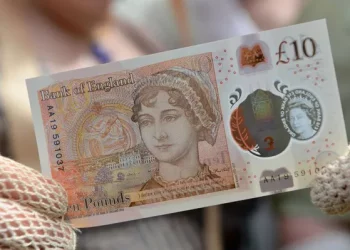The Indian Rupee (INR) faced selling pressure on Tuesday after reaching its strongest level in over two weeks, driven by renewed demand for the US Dollar (USD) spurred by strong US economic data, escalating tensions in the Russia-Ukraine conflict, and US President-elect Donald Trump’s tariff plans. Despite these pressures, inflows from MSCI’s index rebalancing, declining US bond yields, and lower crude oil prices could provide some support to the INR in the near term.
Market Influences on INR
The INR’s rally was short-lived as the USD strengthened, reflecting the market’s reaction to solid US economic data and geopolitical developments. The ongoing conflict between Russia and Ukraine and Trump’s proposed tariff increases on Chinese, Mexican, and Canadian goods have added to global uncertainties, contributing to the USD’s appeal as a safe-haven asset.
However, the INR is supported by inflows from the MSCI equity index rebalancing, with Indian equities set to see passive inflows of approximately $2.5 billion, according to Nuvama Alternative & Quantitative Research. Despite this, the INR remains vulnerable to external pressures, particularly the USD’s strength.
Fed’s Rate Cut Expectations Impact USD
The USD’s strength is also being influenced by the Federal Reserve’s rate outlook. Federal Reserve officials, including Chicago Fed President Austan Goolsbee and Minneapolis Fed President Neel Kashkari, indicated that the Fed may continue lowering rates toward a neutral stance. As expectations for a December rate cut have eased, futures markets now show a 55.9% probability of a quarter-point rate cut, down from 69.5% a month ago.
Technical Outlook for USD/INR
Technically, the USD/INR remains in a bullish trend above the key 100-day Exponential Moving Average (EMA), despite breaking below an ascending trend channel. The pair’s 14-day Relative Strength Index (RSI) is above 54.60, supporting short-term buying interest. However, the key resistance around 84.52—an all-time high and the upper boundary of the trend channel—remains a significant barrier for further gains. A decisive break above this level could push the pair towards the psychological 85.00 level.
On the downside, support is seen around the 84.00-83.90 zone, coinciding with the 100-day EMA. A drop below this level could expose further downside, with the next support seen at 83.65, the low from August 1.
Related Topics:

























